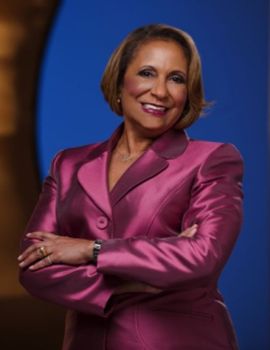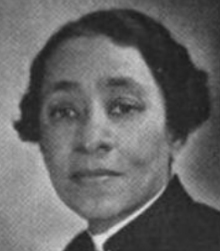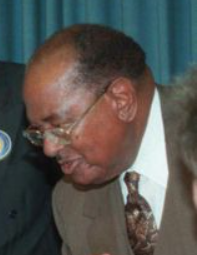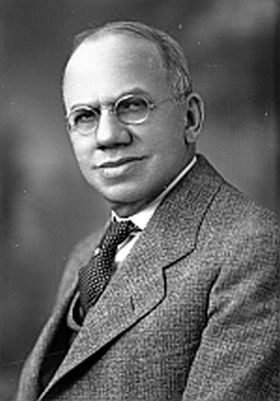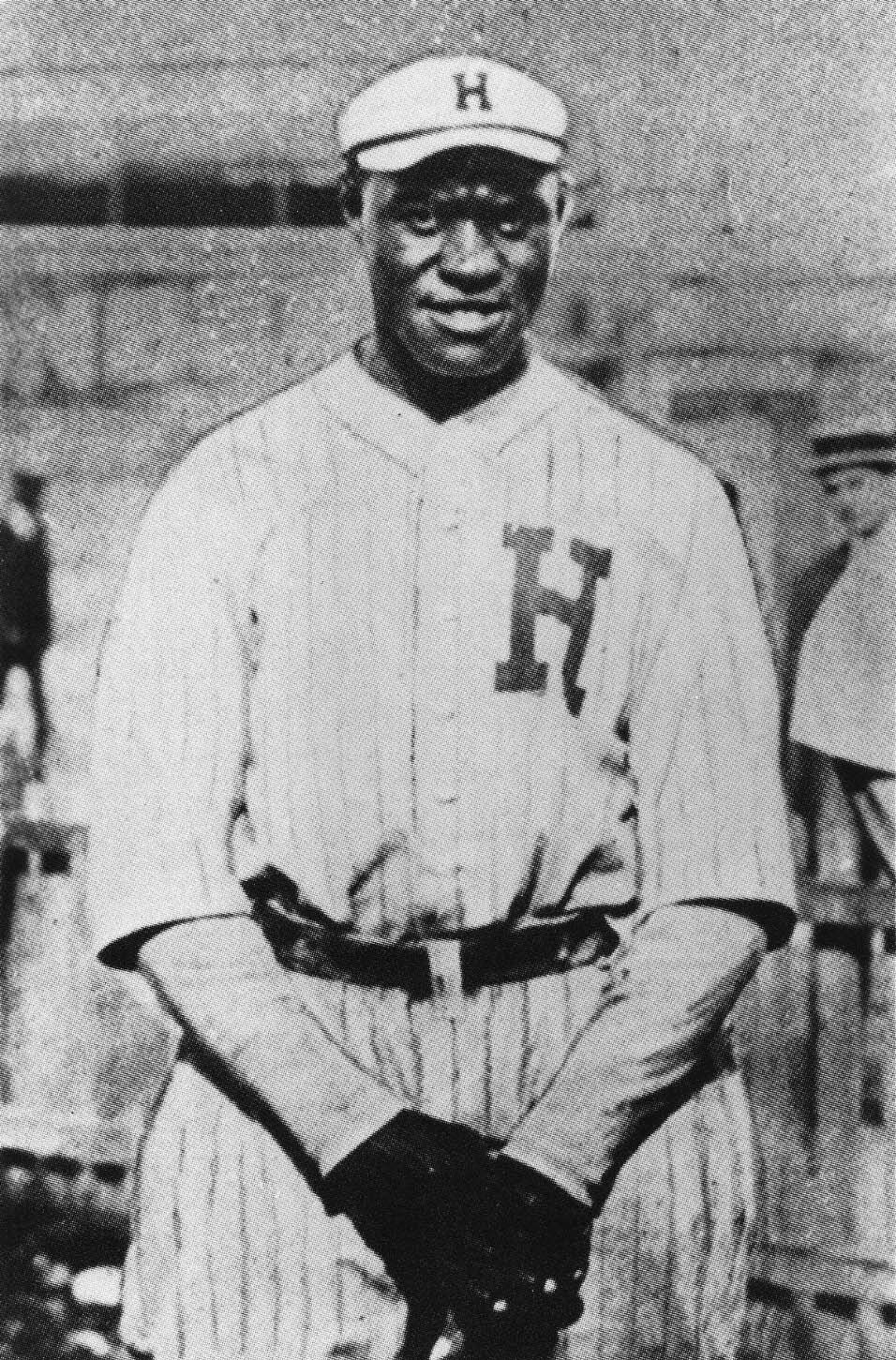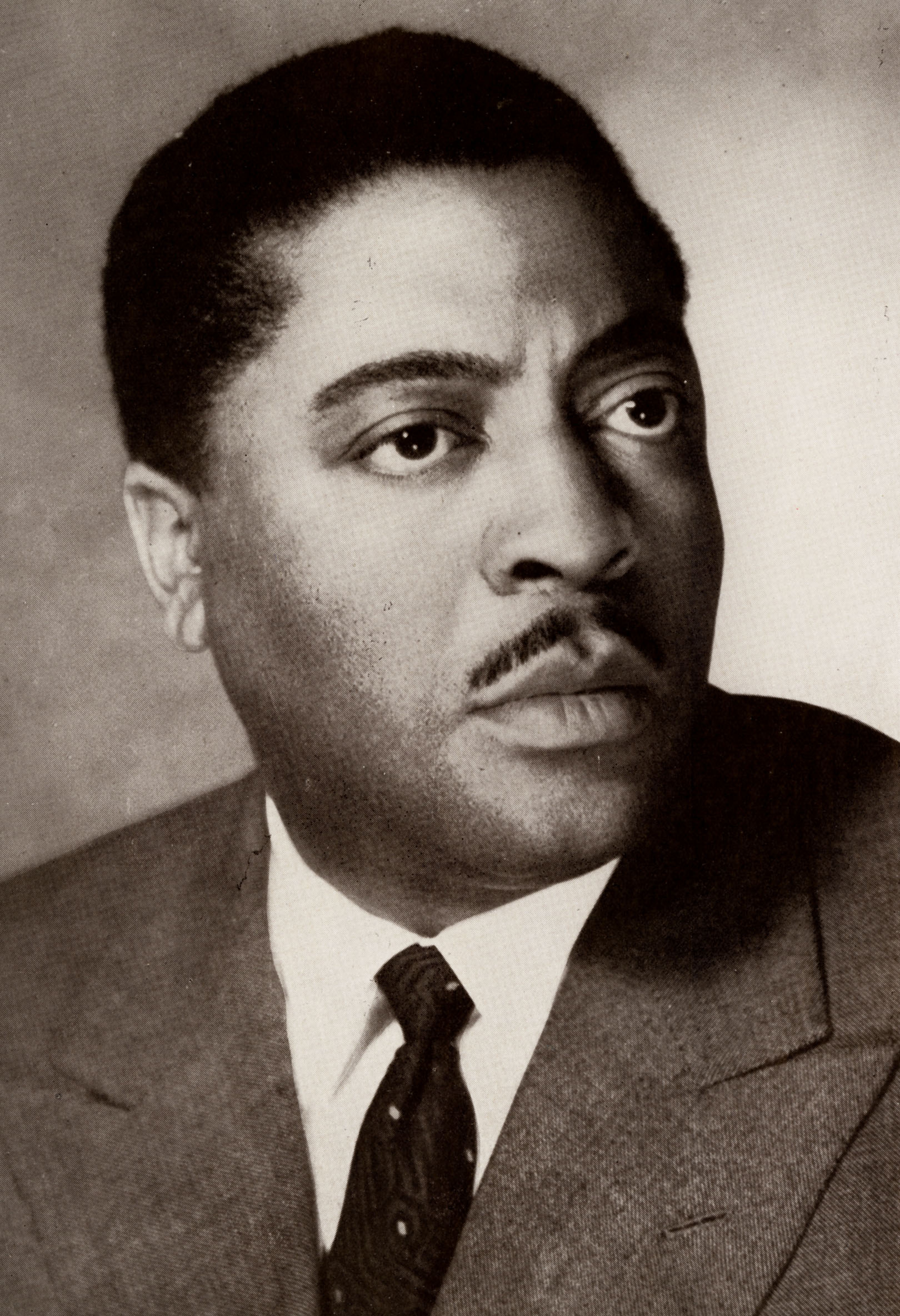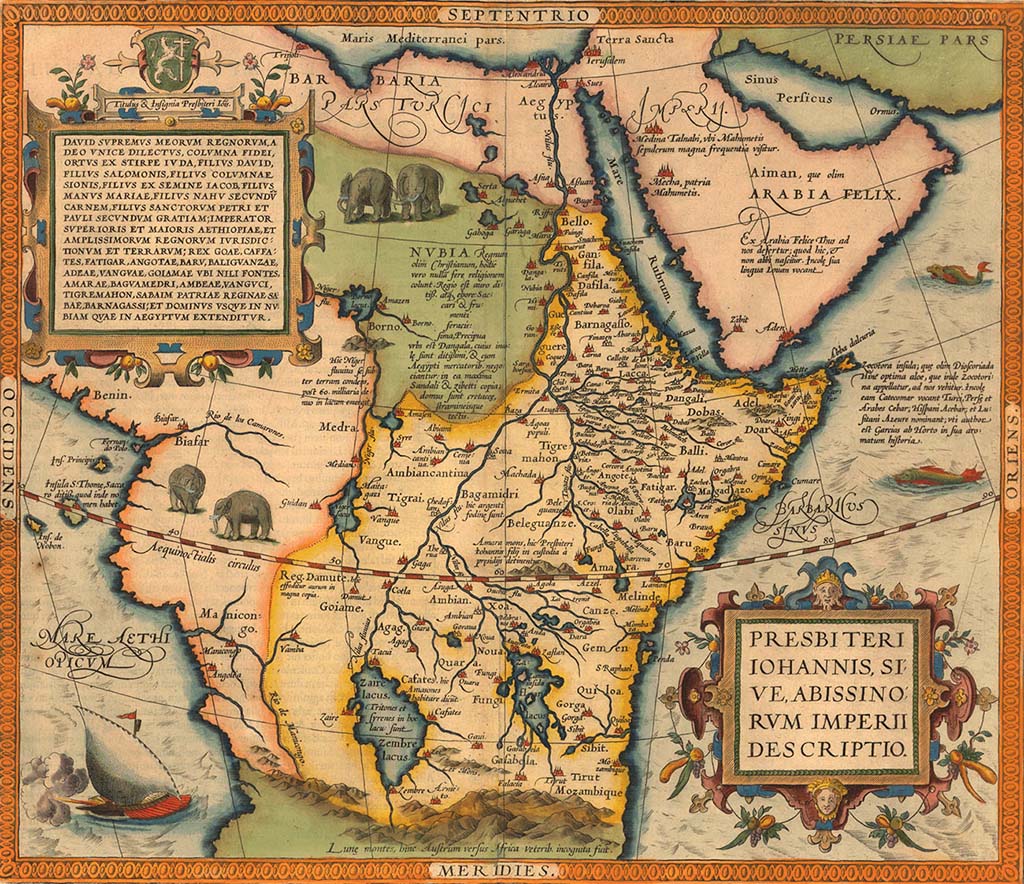Western University was the first African American University in Kansas. The school originated by the work of Presbyterian minister Eben Blatchly, who began educating free blacks in the Territorial Kansas Town of Quindaro in 1857. After the Civil War, Blatchly expanded his school, calling it Freedmen’s University, and in 1869 the State of Kansas donated land as the student population grew.
The 1872 Kansas Legislature approved a bill promoted by Blatchly to incorporate the Colored Normal School of Quindaro within Freedmen’s University. In January of that same year, Charles Langston became President of the University assisted by Eben and Jane Blatchly. Yet student poverty led to a declining attendance. By 1877, the year of Blatchly’s death, the school’s outlook was grim.
In response, Baptist Deacon Corvin Patterson convinced the African Methodist Church (AME), to sponsor the ailing University. The Kansas AME conference voted to rename the school Western University in 1881 because of its geographic location west of their first university at Wilberforce, Ohio. In 1890 the AME Church assumed full sponsorship of the institution. By that point, its departments included University History, College Preparatory, Normal, and Manual Training. A theological seminary was added in 1892. However, economic problems continued to hinder University progress and the former Quindaro Town Company Treasurer and First Kansas Governor, Charles Robinson, intervened to help the institution raise money.
In 1896, Western University appointed William Tecumseh Vernon, head of the Collegiate Department, to be the institution’s president. It was a bold move at the time since Vernon was only 25 years old. Vernon brought the enrollment from half a dozen to several hundred students, while simultaneously expanding the campus and professionalizing the faculty. In 1898, Vernon won support of Kansas Governor William E. Stanley in his efforts to pass the “Bailey Bill.” Unknown to most legislators at the time, the bill was written by Vernon and designed to create the Industrial Department of Western University. With that department, Western University saw two decades of stable enrollments and academic success. Through this bill, Vernon created a governance model which allowed an unprecedented combination of religious (AMFE) and state support for the university.
In 1911, Western University made national news when it erected the nation’s first statue of John Brown. The statue showed Brown holding a diploma, which symbolized the continuing fight for African American freedom through education. Vernon’s national prominence rose as well. In 1906, President Theodore Roosevelt appointed him the third African American Registrar of the U.S. Treasury. He remained in that post until 1911 when he rejected a second appointment and returned to Western University.
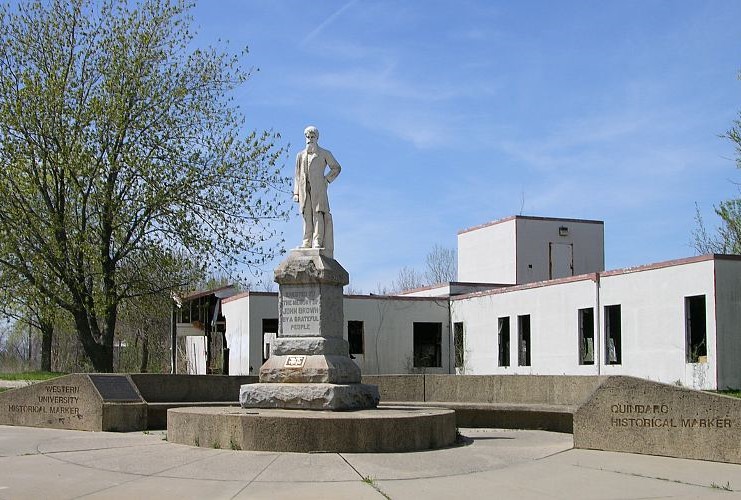
John Brown Statue, Quindaro, Kansas (Courtesy of the Quintard Taylor Collection)
Western University followed the industrial education model developed by Hampton and Tuskegee Institutes but it also educated future Kansas teachers through its Normal School and provided officer training through its military department. Students were also able to earn a B.A. in Liberal Arts. The institution’s celebrated Music Department produced “The Jackson Jubilee Singers,” who toured nationally and were widely acclaimed rivals to “The Fisk Jubilee Singers.” The department also graduated opera singer Eva Jessye in 1914, who would go on to join Dr. Martin Luther King in his 1963 Civil Rights March as well as lead the official choir for the event.
University enrollment, which had peaked around 1920 at several hundred, was down to 102 students by 1939; and in 1942 only six students graduated. Western University closed in 1943 when its programs were absorbed into the Kansas State Industrial School. For much of its 62-year history, Western helped to prepare African American students to fully participate in American society.




